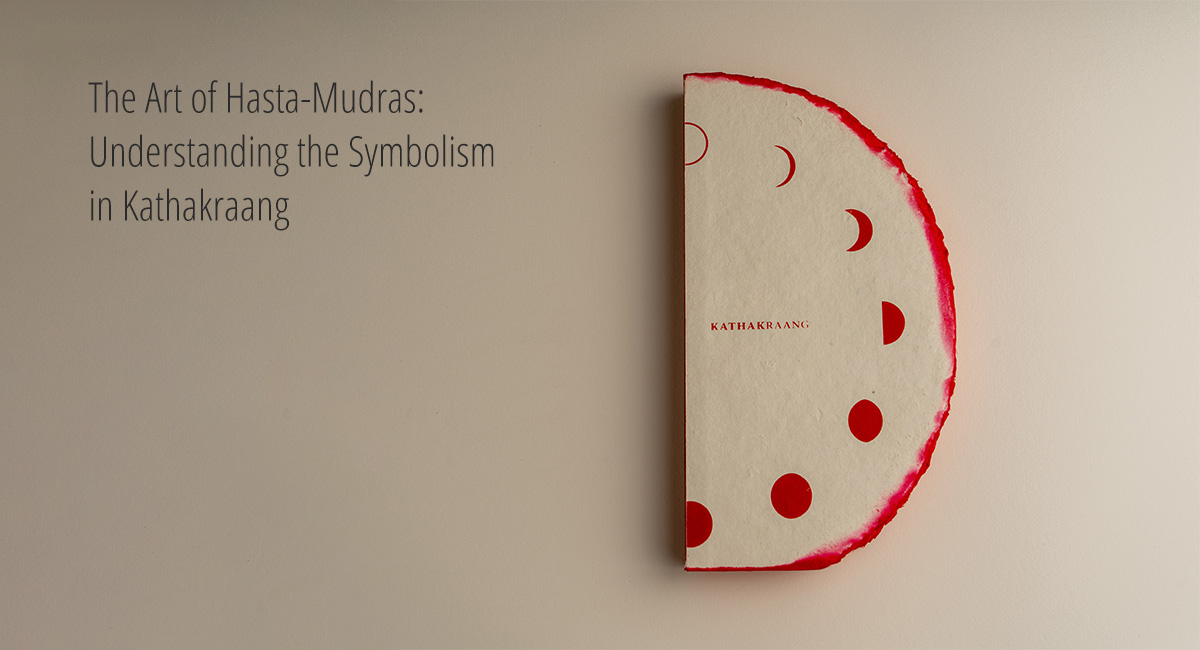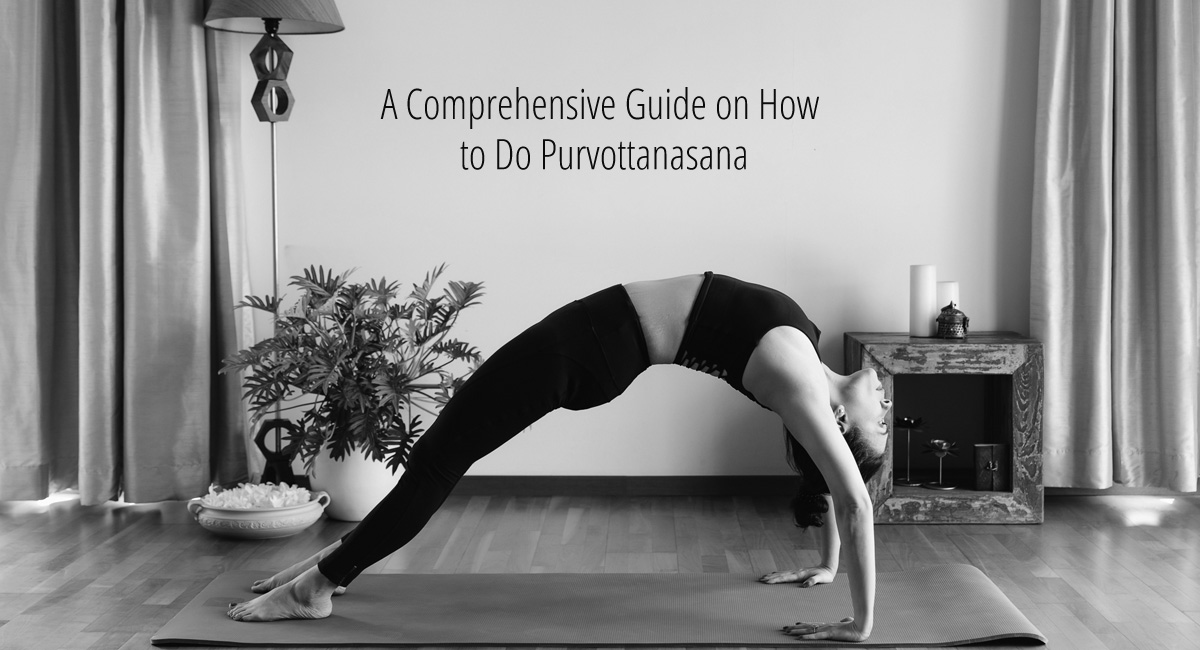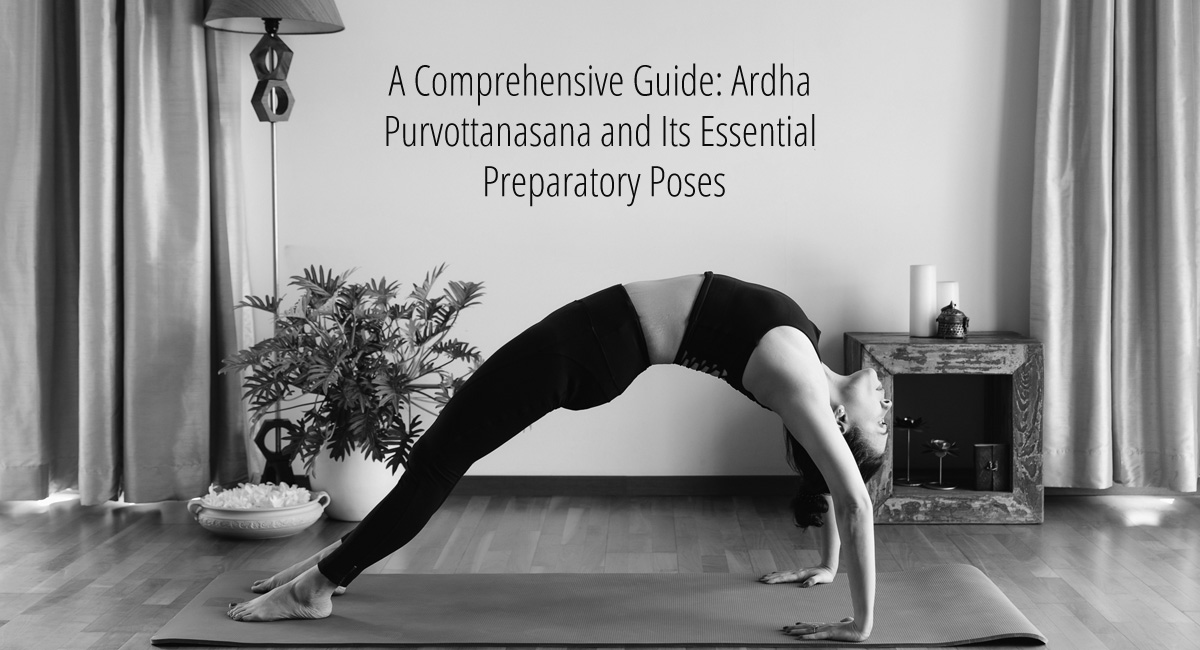
The Art of Hasta-Mudras: Understanding the Symbolism in Kathakraang
Table of Contents
Hasta-Mudras, Or Hand Gestures, In Classical Indian Dance Forms
Hasta-mudras, or hand gestures, play a significant role in classical Indian dance forms. These intricate and symbolic movements of the hands convey a myriad of emotions, stories, and ideas without the need for spoken words. Hasta-mudras serve as a language of expression, allowing dancers to communicate and connect with audiences on a profound level.
In classical Indian dance forms such as Bharatanatyam, Kathak, Odissi, and Manipuri, hasta-mudras are an essential component of the dancer’s vocabulary. Each mudra carries its unique meaning and significance. They represent elements of nature, deities, emotions, and everyday objects, among other things. The precise positioning and articulation of the fingers, palms, and wrists give life to these symbolic gestures.
The Importance Of Hasta-Mudras In Kathak Dance
Hasta-mudras in Kathak help depict characters, such as gods, goddesses, animals, and ordinary people, enriching the storytelling aspect of the dance. Each mudra represents a specific concept or symbol and is carefully incorporated to evoke the desired imagery and meaning.
The mastery of hasta-mudras requires rigorous training and practice, as dancers must develop agility, flexibility, and control over their hand movements. The subtle nuances and intricate formations of the mudras require precision and finesse to convey the intended emotions and narratives effectively.
By incorporating hasta-mudras into their performances, Kathak dancers bring an added layer of visual appeal and authenticity to their artistry. The fluid transitions between mudras, along with the footwork and facial expressions, create a holistic and captivating experience for the audience.
The Symbolism Of Hasta-Mudras In Kathakraang
In Kathakraang, the hand gestures, meticulously crafted and executed by the dancers, serve as a visual representation of the emotions, characters, and concepts portrayed in the story. Each mudra holds its own symbolic significance, contributing to the overall tapestry of the performance.
For instance, the Abhaya mudra, where the hand is raised in a gesture of fearlessness, can represent protection, courage, or divine blessings. The Tripathaka mudra, formed by extending the index, middle, and ring fingers, signifies various objects such as a flower, a flame, or a weapon, depending on the context of the narrative.
The fusion of dance and book-making in Kathakraang allows the symbolism of hasta-mudras to be extended to the physicality of the handcrafted books themselves. The illustrations, calligraphy, and hidden surprises within the books can mirror and amplify the symbolic gestures expressed through dance, creating a synergistic experience for the audience.
The Significance Of Preserving Traditional Arts
Preserving traditional arts is of immense significance as it safeguards cultural heritage, fosters cultural diversity, and nurtures a sense of identity and pride within communities. Traditional arts encompass various forms such as music, dance, theater, visual arts, and crafts, and are deeply rooted in the history, values, and beliefs of a society.
Traditional arts celebrate cultural diversity and promote intercultural understanding. They offer a platform for dialogue, exchange, and appreciation of different cultural perspectives, fostering respect and empathy. Preserving traditional arts helps counter the homogenizing forces of globalization and encourages the continued flourishing of diverse artistic expressions.
Celebrating The Intersection Of Traditional Arts And Innovation
The intersection of traditional arts and innovation is a celebration of the ever-evolving nature of creativity. It brings together the richness of cultural heritage and the fresh perspectives of innovation, bridging tradition and modernity. This convergence revitalizes traditional arts, making them relevant in contemporary society, while drawing inspiration from tradition to fuel innovative ideas. Celebrating this intersection fosters cross-cultural understanding, sparks experimentation, and pushes the boundaries of artistic expression. It creates a dynamic space where diverse perspectives harmoniously blend, resulting in transformative artistic experiences. Embracing the fusion of traditional arts and innovation cultivates a vibrant and forward-thinking artistic landscape that captivates and inspires audiences worldwide.
Conclusion:
The symbolism of hasta-mudras in Kathakraang is a vital component of this poetic fusion of dance and book-making. These hand gestures carry deep meaning and convey the essence of the narrative, while also resonating with the physicality and symbolism present in the handcrafted books. Through the synergy of dance and book-making, Kathakraang brings the rich symbolism of hasta-mudras to life, creating a multisensory and immersive experience that captivates the audience’s imagination.
Celebrating the intersection of traditional arts and innovation is a recognition of the dynamic nature of creativity. When tradition and innovation converge, they inspire each other, push the boundaries of artistic expression, and create new and captivating experiences. This celebration fosters cross-cultural understanding, sparks experimentation, and ensures the continual evolution and relevance of artistic practices.
In essence, hasta-mudras and their significance in Kathak dance, Kathakraang, and the broader context of preserving traditional arts and embracing innovation showcase the profound impact of artistic expressions on cultural heritage, human connections, and the ever-evolving artistic landscape.
Don’t miss your chance to be part of this poetic fusion of movement and literature. Reserve your copy of “Kathakraang” today and embark on a mesmerizing adventure that will ignite your imagination and leave you yearning for more. Experience the magic firsthand and witness the seamless integration of dance and book-making. Indulge in the artistry, embrace the narrative, and immerse yourself in the enchantment of “Kathakraang.”

I am a Pune based artist, Kathak dancer, Dance Movement Therapist, and an avid Yoga practitioner/ teacher. I am also the Director at the Sakal Media Group, a Trustee of Pune Blind School and Nirdhar Trust.
Being a part of Sakal Media Group, with its strong foundation of service and ethical journalism, I am deeply committed in making this world a better place by pushing boundaries, giving opportunities to others, following my convictions, helping others make better choices and to tell powerful stories that will help reshape the world we live in.





